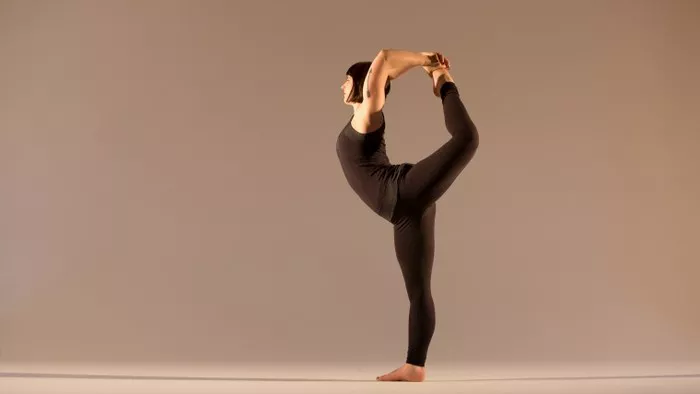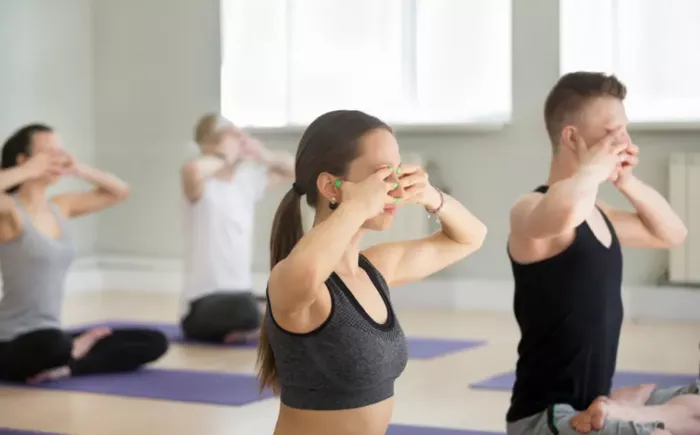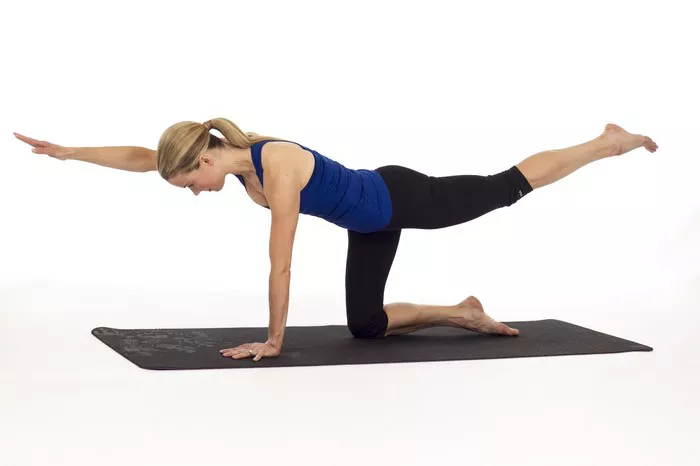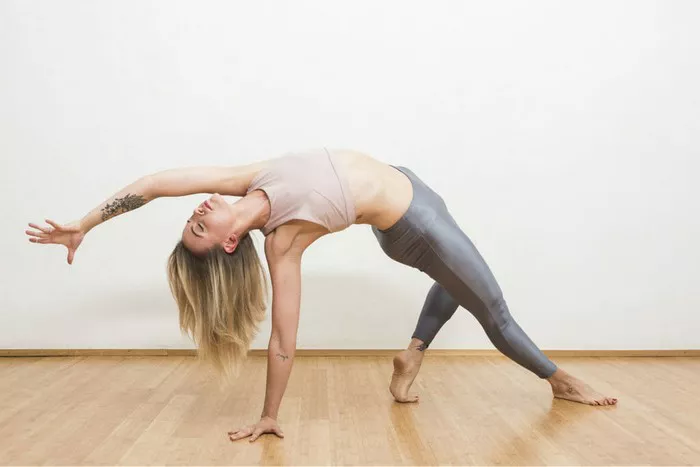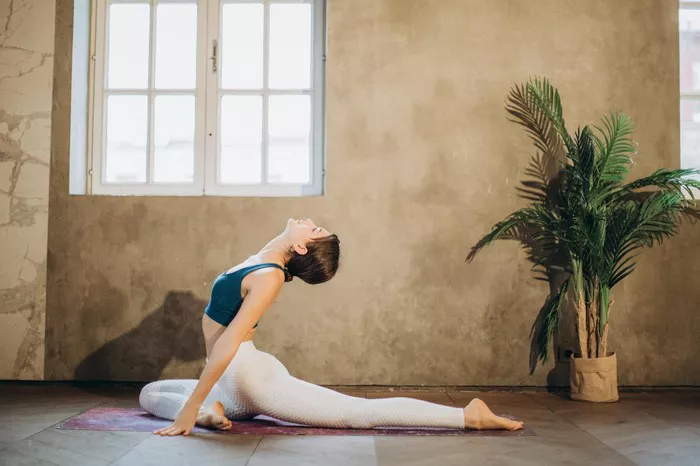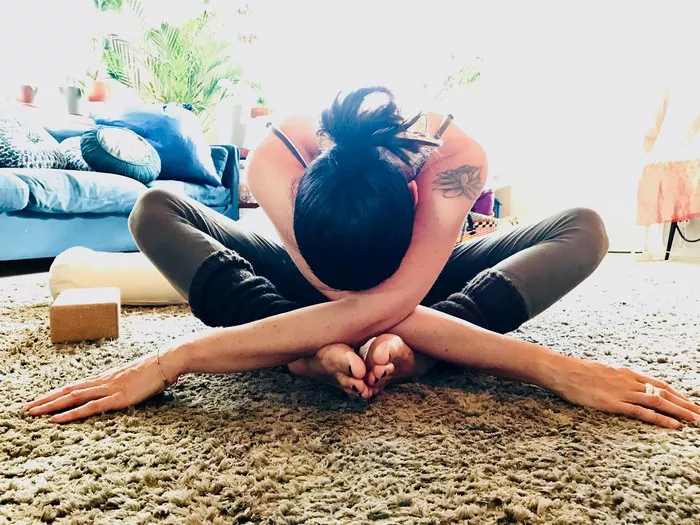Hot yoga, a popular form of yoga practiced in a heated room, has garnered attention for its transformative effects on the body and mind. Advocates of hot yoga claim that the combination of yoga poses in a heated environment leads to increased flexibility, detoxification, and stress relief. However, the physiological mechanisms behind these purported benefits remain a topic of debate among researchers and practitioners alike. In this article, we delve into the science behind hot yoga and explore how it may change the body.
The Heat Factor: Enhancing Flexibility and Range of Motion
One of the most touted benefits of hot yoga is its ability to enhance flexibility and range of motion. The elevated temperature in hot yoga studios, typically ranging from 90 to 105 degrees Fahrenheit (32 to 40 degrees Celsius), is believed to increase the elasticity of muscles, tendons, and ligaments, allowing practitioners to move deeper into poses.
Research suggests that heat may indeed play a role in improving flexibility. A study published in the Journal of Strength and Conditioning Research found that participants who performed yoga in a heated room experienced greater gains in flexibility compared to those who practiced in a non-heated environment. The heat is thought to promote vasodilation, the widening of blood vessels, which increases blood flow to muscles and improves their pliability.
Moreover, the heat can help relax muscle tension, making it easier to stretch and release tightness. This relaxation response may also extend to the nervous system, allowing practitioners to achieve a deeper state of relaxation and mindfulness during their practice.
Detoxification: Fact or Fiction?
Another commonly cited benefit of hot yoga is its purported ability to detoxify the body by promoting sweating. Proponents claim that the intense heat and humidity in hot yoga studios facilitate the elimination of toxins through the skin, leading to a feeling of cleansing and rejuvenation.
However, the idea of sweating as a mechanism for detoxification is not universally accepted within the scientific community. While sweating does allow the body to excrete small amounts of certain toxins, such as heavy metals and alcohol metabolites, the liver and kidneys primarily handle the detoxification process in the body.
Nonetheless, sweating can have other health benefits, such as regulating body temperature, improving circulation, and promoting skin health. In hot yoga, the combination of sweating and hydration can help maintain electrolyte balance and prevent dehydration. It’s essential for practitioners to replenish lost fluids by drinking water before, during, and after their practice to avoid adverse effects associated with dehydration.
Strengthening the Mind-Body Connection
Beyond its physical benefits, hot yoga is valued for its ability to cultivate a strong mind-body connection. The practice of coordinating breath with movement, known as vinyasa flow, encourages mindfulness and presence on the mat. The heat adds an additional challenge, requiring practitioners to focus on their breath and stay present despite discomfort.
Mindfulness practices like hot yoga have been shown to reduce stress and anxiety by activating the body’s relaxation response. A study published in the Journal of Alternative and Complementary Medicine found that participants who practiced hot yoga experienced significant reductions in perceived stress and improvements in mood compared to a control group.
Furthermore, the meditative aspect of hot yoga can enhance self-awareness and emotional regulation. By tuning into sensations within the body and observing thoughts without judgment, practitioners develop greater insight into their physical and mental well-being. This increased self-awareness can translate into healthier lifestyle choices and improved overall quality of life.
Potential Risks and Considerations
While hot yoga offers many potential benefits, it’s essential to acknowledge the potential risks and considerations associated with practicing in a heated environment. Individuals with certain medical conditions, such as heart disease, high blood pressure, or respiratory disorders, may be more susceptible to heat-related complications and should consult with a healthcare provider before starting a hot yoga practice.
Additionally, dehydration and overheating are genuine concerns in hot yoga, especially for beginners or those not accustomed to exercising in high temperatures. Practitioners should listen to their bodies, take breaks as needed, and stay hydrated throughout their practice. Wearing lightweight, breathable clothing and using a non-slip yoga mat can also help prevent injuries and discomfort.
Furthermore, hot yoga may not be suitable for everyone, and some individuals may prefer a gentler form of yoga or exercise. It’s essential to find a practice that aligns with individual preferences, goals, and physical capabilities.
Conclusion
Hot yoga hasgained popularity for its unique combination of physical and mental benefits. The heat in hot yoga studios enhances flexibility, promotes sweating, and challenges practitioners to cultivate mindfulness and resilience. While more research is needed to fully understand the physiological mechanisms behind its effects, many individuals find hot yoga to be a rewarding and transformative practice.
As with any form of exercise, it’s essential to approach hot yoga with caution and listen to the body’s signals. By practicing mindfully, staying hydrated, and seeking guidance from qualified instructors, individuals can safely enjoy the many benefits that hot yoga has to offer.
FAQs:
How long does it take to see results from hot yoga?
It varies from person to person, but typically, you may start to notice changes in your body after consistently practicing hot yoga for about four to six weeks. This timeframe allows your body to adapt to the heat and the challenging poses, leading to improvements in flexibility, strength, and overall well-being. However, remember that individual results may differ based on factors like frequency of practice, intensity, and existing fitness level.
Does hot yoga make you look younger?
Hot yoga can contribute to a more youthful appearance by improving skin elasticity, reducing stress, and increasing blood circulation. The combination of heat, sweat, and detoxification in hot yoga classes can help flush out toxins from the skin, promoting a clearer complexion and a healthy glow. Additionally, the focus on deep breathing in hot yoga can reduce stress levels, which in turn may slow down the aging process. While hot yoga alone may not be a magical fountain of youth, incorporating it into a holistic wellness routine can certainly contribute to a youthful appearance over time.
How many calories do you burn in 60 minutes of hot yoga?
In a 60-minute session of hot yoga, you can burn anywhere from 400 to 600 calories, depending on factors like your weight, intensity of practice, and the specific sequence of poses. The heat in hot yoga classes increases your heart rate and metabolism, leading to a higher calorie burn compared to traditional yoga practiced in room temperature environments. Additionally, the challenging poses and continuous movement in hot yoga sequences engage multiple muscle groups, further contributing to calorie expenditure. It’s important to stay hydrated and listen to your body’s signals during hot yoga sessions to ensure a safe and effective workout.
Is hot yoga cardio or Strength?
Hot yoga combines elements of both cardio and strength training. The heat and fast-paced sequences elevate your heart rate, making it an effective cardiovascular workout that improves endurance and promotes calorie burn. Additionally, holding challenging poses and flowing through sequences builds muscular strength and endurance, especially in the core, arms, and legs. The heat in hot yoga classes also helps to increase flexibility, allowing you to move deeper into poses and engage muscles more effectively. Overall, hot yoga offers a balanced workout that targets both cardiovascular health and muscular strength, making it a versatile form of exercise.

